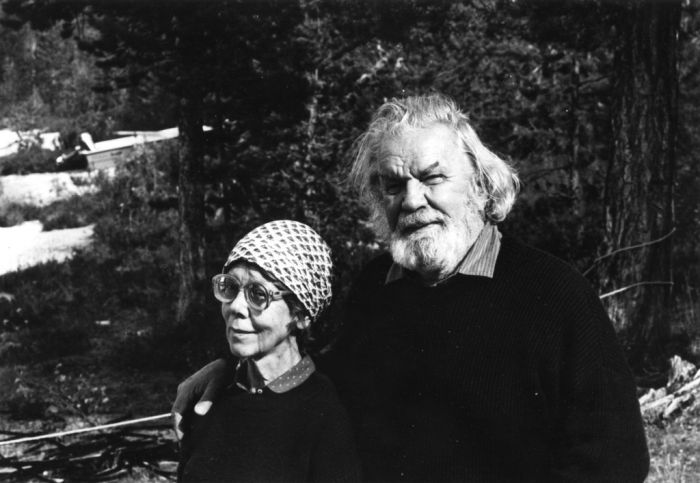Like gardens mottled with the vibrant leaves of autumn, so too is November 2017 bestrewn with a multicoloured carpet of new design and architecture exhibitions. We could have published three such lists, seriously considered it .... have however instead taken the opportunity to bring our monthly recommendations average up to where it should be. Five.
Back in August we only had four new recommendations, and so to compensate summer's shortfall, here we present six, technically seven. Although it could have been 15.
Which all of course means you, dear reader, have no excuse for not visiting a new design or architecture exhibition, for wherever you may be, there is one opening near you. So get out there and start raking up those leaves exhibitions!!!
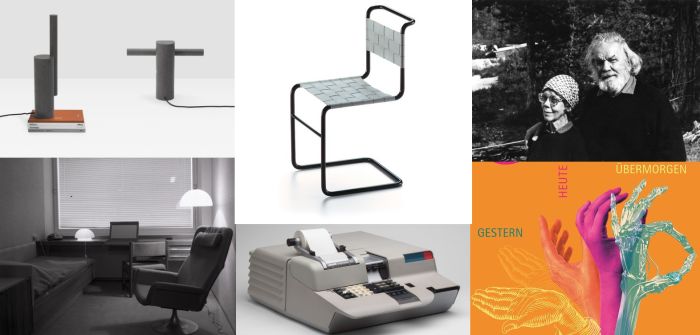
The "enigma" in the exhibition title is arguably one of the most prominent in contemporary architecture and design, for despite his ubiquity in the (hi)story of the development of design, architecture and urban planning, despite the number of objects, buildings and texts he realised, despite the networks in which he moved and the people he influenced, Mart Stam remains a relatively illusory character, someone embodied by a number of popular projects, but who otherwise is well, an enigma.
Promising to trace Stam's life, career and legacy from Rotterdam over his various stages in Germany, Russia and on to Switzerland where Stam died in February 1986, A radical Modernist sounds like having the potential to straighten up the Stam question mark, creating an exclamation mark of realisation; even if we fear it is be staged more as an accompanying exhibition to the parallel running Gerrit Rietveld and Contemporary Art, rather than as an exhibition for itself. For all the lack of an exhibition catalogue fanning such fears. The exhibition catalogue being the necessary deepening of the information that an exhibition cannot provide.
Not that such thoughts should in any way distract from the subject matter, understanding Stam is important to fully understanding not only the developments that occurred in the interwar years, but also to understanding where we are now in terms of architecture and design. While the chance to contrast the life and work of Stam with that of Rietveld also harbours more the a little attraction.
A radical Modernist. The enigma of Mart Stam opens at the Marta Herford Museum for Art, Architecture, Design, Goebenstraße 2–10 32052 Herford on Sunday November 5th and runs until Sunday January 7th
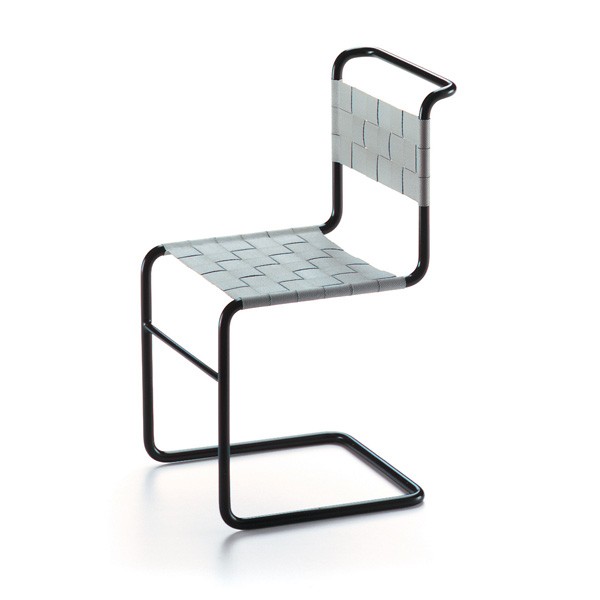
For one of Europe's smallest, and least governable, countries, you've got to admire Belgium's audacity. Not content with their regular claim that "Belgium is Design" they're now claiming responsibility for light.
[almost]
Whereas the exhibition organisers trace Belgian innovation in terms of lighting design back to the Grand Doyen of Belgian Art Nouveau, Victor Horta, the exhibition's primary focus is the development and story of Belgian lighting design since the 1980s, or perhaps better put, the development of the Belgian lighting industry since the 1980s; a focus meaning that in addition to works by Belgian designers such as Maarten van Severen, Alain Gilles or Alain Berteau, From Belgium with Light also features non-Belgian designers such as Alex de Witte, Assa Ashuach or Studio Big Game.
Thus proving, and much as with design or frietjes, whereas Belgium may have a particular aptitude for, and association with, such, they aren't alone responsible.
From Belgium with Light. Belgians [almost] invented light... opens at CID - centre for innovation and design at Grand-Hornu, Rue Sainte-Louise, 82, 7301 Hornu on Sunday November 19th and runs until Sunday February 25th
![Drill by Levi Sarha, included in From Belgium with Light. Belgians [almost] invented light… at CID – centre for innovation and design at Grand-Hornu (Photo © Levi Sarha)](https://www.smow.com/blog/wp-content/uploads/2017/10/Drill-Levi-Sarha-From-Belgium-with-light-Belgians-almost-invented-light.jpg?w=3840)
[caption id="attachment_51543" align="aligncenter" width="700"] Drill by Levi Sarha, included in From Belgium with Light. Belgians [almost] invented light… at CID – centre for innovation and design at Grand-Hornu (Photo © Levi Sarha)[/caption]
One of the genuine joys of compiling this list is the regularity with which you stumble across an individual, institution or project that produces a deafening ????????????????????????
An individual such as Helle Gans. An individual such as Taevo Gans.
Both Interior Design graduates of the Estonian State Institute of Art, Taevo in 1966, Helle in 1967.... and that is about all we know for certain. Apart from a list of projects the pair have worked on since the mid-1960s, a few photos thereof, along with a few photos of product, lighting and furniture design work they have undertaken over the decades, and a couple of interviews in Estonian which we are still working our way through.
And all impressions which indicate that there might just be a lot more worth checking out. Which surely is one of the roles of museum exhibitions, introducing the visitor to the new.
You might not like what you see, might not be able to engage with the themes and individuals, but, and assuming you approach it in the correct attitude, will definitely have gained from the experience. And if you do like what you see, are able to engage with the themes and individuals, then who knows in which unexplored directions it will take you.
Classics. Helle and Taevo Gans opens at the Estonian Museum of Applied Art and Design, 17 Lai Street, 10133 Tallinn on Saturday November 18th and runs until Sunday February 11th
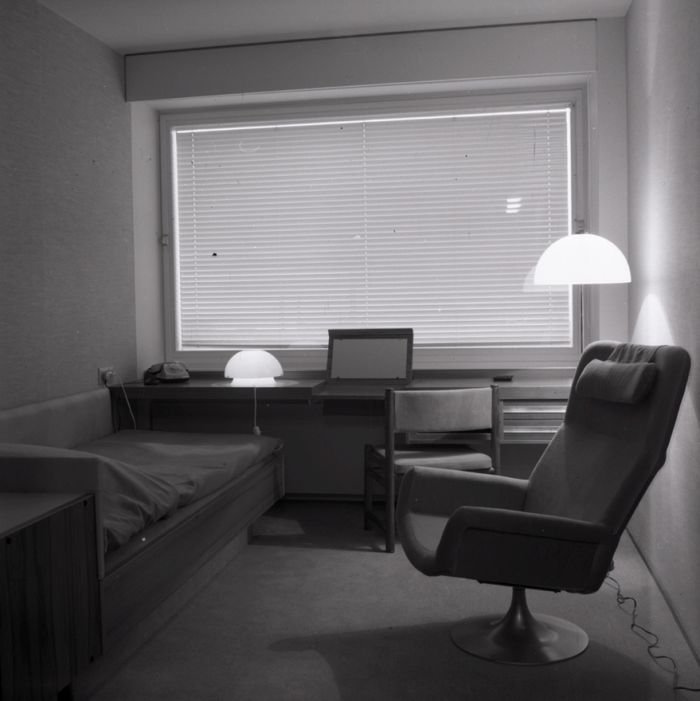
In December 1964 Walter Gropius presented a paper at the first Boston Architectural Center Conference titled, "Computers for architectural design?"
The question mark is of course the most interesting part of the paper's title.
Who today would question such?
With their exhibition Thinking Machines the MoMA New York aim to return to the early days of computer technology and explore how artists, architects and designers employed the fledgling technology to expand and advance their subject areas; or perhaps better put, how they experimented with the fledgling technology in an attempt to understand what might be possible and how it could, potentially, be used to expand and advance their subject areas. Featuring works by creatives such as, and amongst many others, the composers John Cage and Lejaren Hiller, the artist Richard Hamilton and the filmmaker Stan VanDerBeek, Thinking Machines aims to explore how computer technology changed not only how architects, designers and artists worked, but how it also imparted on aesthetics and understandings of art.
In addition, or if you will, from the opposite perspective, Thinking Machines also features objects from manufacturers such as IBM, Olivetti and Apple through which the curators aim to explain how designers such as Gianni Colombo, Enzo Mari or Mario Bellini have given shape and form to computers, and by extrapolation aided the rise of personal digital technology.
Although it is in many regards a little obtuse that a museum should be investigating something that is still in living memory, such is the pace at which computer technology is progressing, much of the thinking, working et al can be seen as ancient history.
Like Gropius's ?
Thinking Machines: Art and Design in the Computer Age, 1959–1989 opens at the Museum of Modern Art, MoMA, 11 West 53 Street, New York, NY 10019 on Monday November 13th and runs until Sunday April 8th
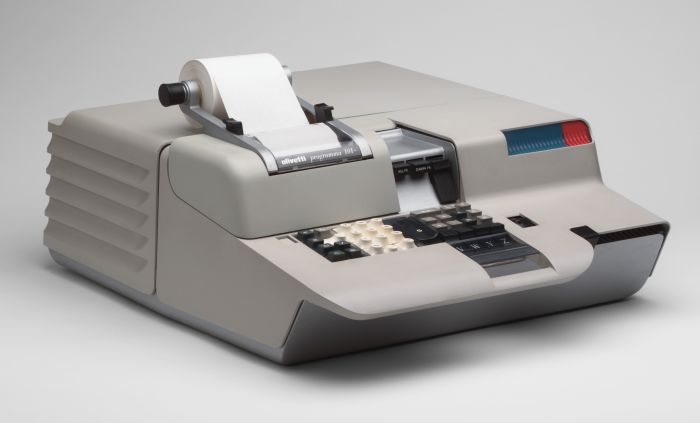
As culmination of a three year, inter-disciplinary research project at the Technische Universität Chemnitz investigating gestures, hand signal, hand movements in context of language, culture, and technology the Sächsischen Industriemuseum is hosting an exhibition which aims to explore hand gestures from their (long) established role in communication to their (rapidly) establishing role in the digital user interfaces and the control of objects.
Posing questions such as, how do gestures arise? What is the role of hand movements in human communication? What do gestures have to do with object use?, Gestures – past, present, and future aims to make the scientific research accessible to a wider audience and thereby help expand our understanding of some of our most intuitive and natural actions: in which context an important, if not central contribution to the exhibition promises to be that provided by Linz based multidisciplinary studio Ars Electronica Futurelab, who as part of the project have developed a series of interactive, gesture driven, experiences, including a virtual potters wheel.
Gestures – past, present, and future opens at the Sächsischen Industriemuseum, Zwickauer Straße 119, 09112 Chemnitz on Friday November 17th and runs until Sunday March 4th
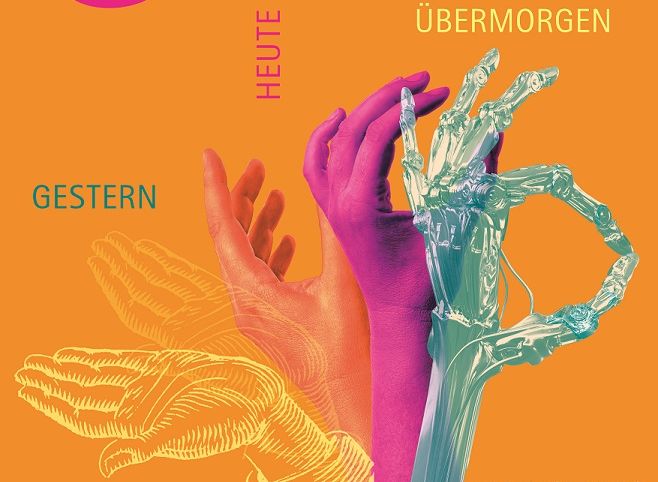
In November 2017 the Espoo Museum of Modern Art formally take over the management, storage and conservation of the archive(s) of the Finnish artist/designer couple Rut Bryk and Tapio Wirkkala; a new responsibility which has necessitated the construction of a new 1,000 sqm extension to the museum. Christened Aukio - Finnish for square - the new extension has been conceived as a joint storage and exhibition space, and by way of an opening exhibition is staging STILL/LIFE – Tapio Wirkkala Retrospective. The ignoring of the "ladies first" ethos could/should be considered a nod to particularly Finnish understanding of gender equality.
Curated by Harri Koskinen and the Tapio Wirkkala Rut Bryk Foundation and promising a presentation of some 400 objects, the STILL in the title is given over to an exploration of Wirkkala's work as a designer and artist, the LIFE in the title promising to explore not only Wirkkala the man, but also his creative processes and influences.
In addition STILL/LIFE marks the opening of what the Espoo Museum of Modern Art refer to as the Visible Storage Space in Aukio which offers views into the Rut Bryk and Tapio Wirkkala archive and thus, one would imagine, allows for a deeper understanding of the scale and scope of the couple's creative legacy.
STILL/LIFE – Tapio Wirkkala Retrospective opens at Espoo Museum of Modern Art, EMMA, Ahertajantie 5, Tapiola, Espoo on Friday November 17th and runs until Sunday April 22nd
